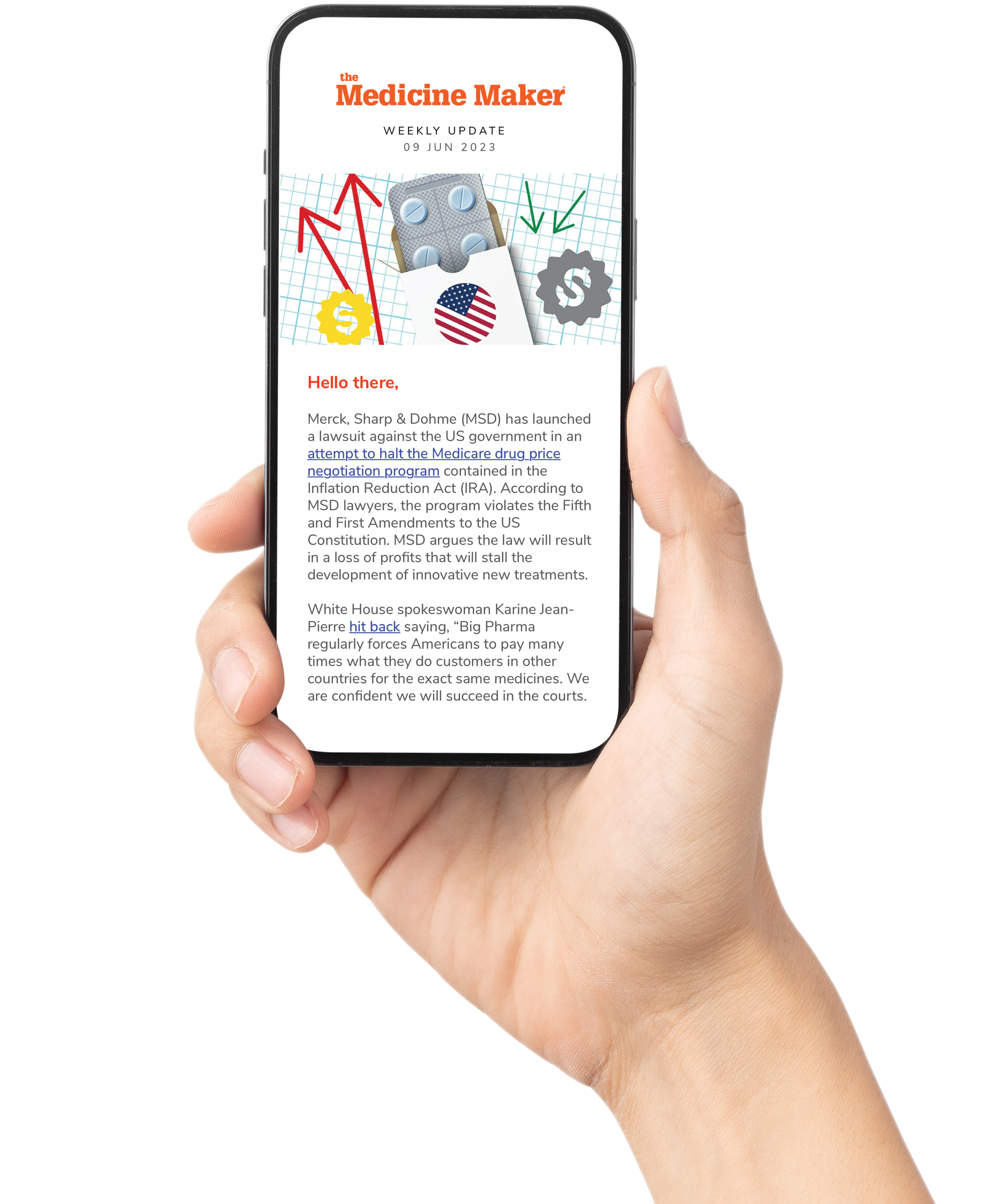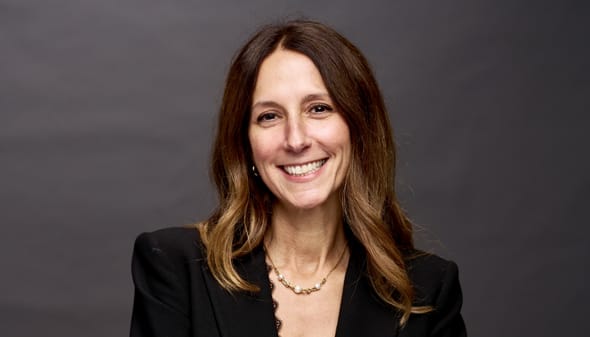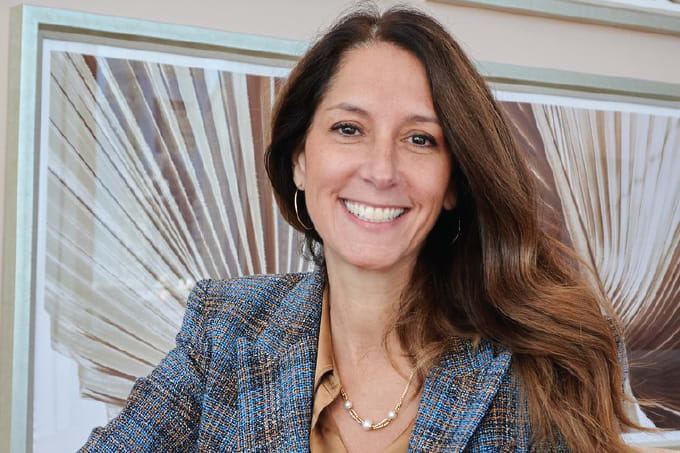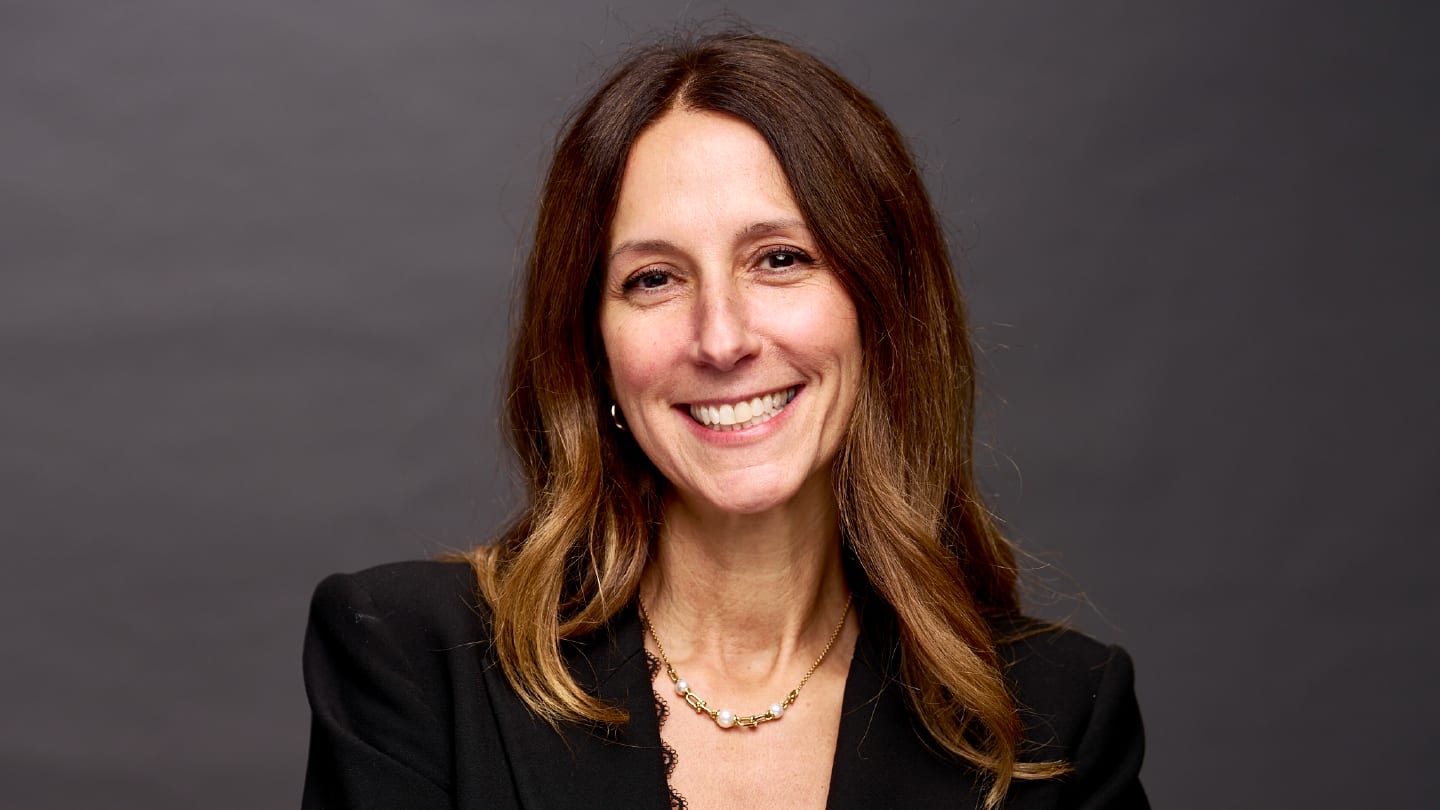
Since its launch in 2011, the Cell and Gene Meeting on the Mesa has evolved into a key barometer for the regenerative medicine sector that serves as an annual checkpoint on the science, strategy, and sentiment driving cell and gene therapy forward. This year’s gathering, held at the Arizona Biltmore in Phoenix, comes at a crunch time for the field. The initial wave of excitement (and funding) surrounding landmark approvals has given way to a more sober phase of industrialization, marked by economic uncertainty, questions of manufacturability, reimbursement, and global access.
We spoke with Audrey Greenberg, Venture Partner at Mayo Clinic and Chair of Business Development, to unpack the mood on the ground and the themes shaping this year’s event, from the Alliance for Regenerative Medicine’s evolving global agenda to new models of funding, manufacturing, and policy alignment that are defining the next chapter of cell and gene therapy.
What was the atmosphere like at this year's event?
Outstanding. The setting at the Arizona Biltmore was gorgeous, with clear skies, palm trees, and nonstop energy. You could feel the optimism returning. More than 2,000 people came together for what felt like the most collaborative Mesa yet. Partnering sessions were full, discussions were productive, and the tone was pragmatic: confident but grounded in execution.
CEO Tim Hunt opened the conference for Alliance for Regenerative Medicine (ARM. What stood out from his remarks?
Tim struck the perfect balance between realism and optimism. He acknowledged that the funding environment is still selective, but the foundations of the field, including the science, regulatory progress, and policy momentum, are stronger than ever. He made it clear that ARM is not just a trade group anymore, but a strategy engine driving harmonized global policy on manufacturing standards, comparability, and access.
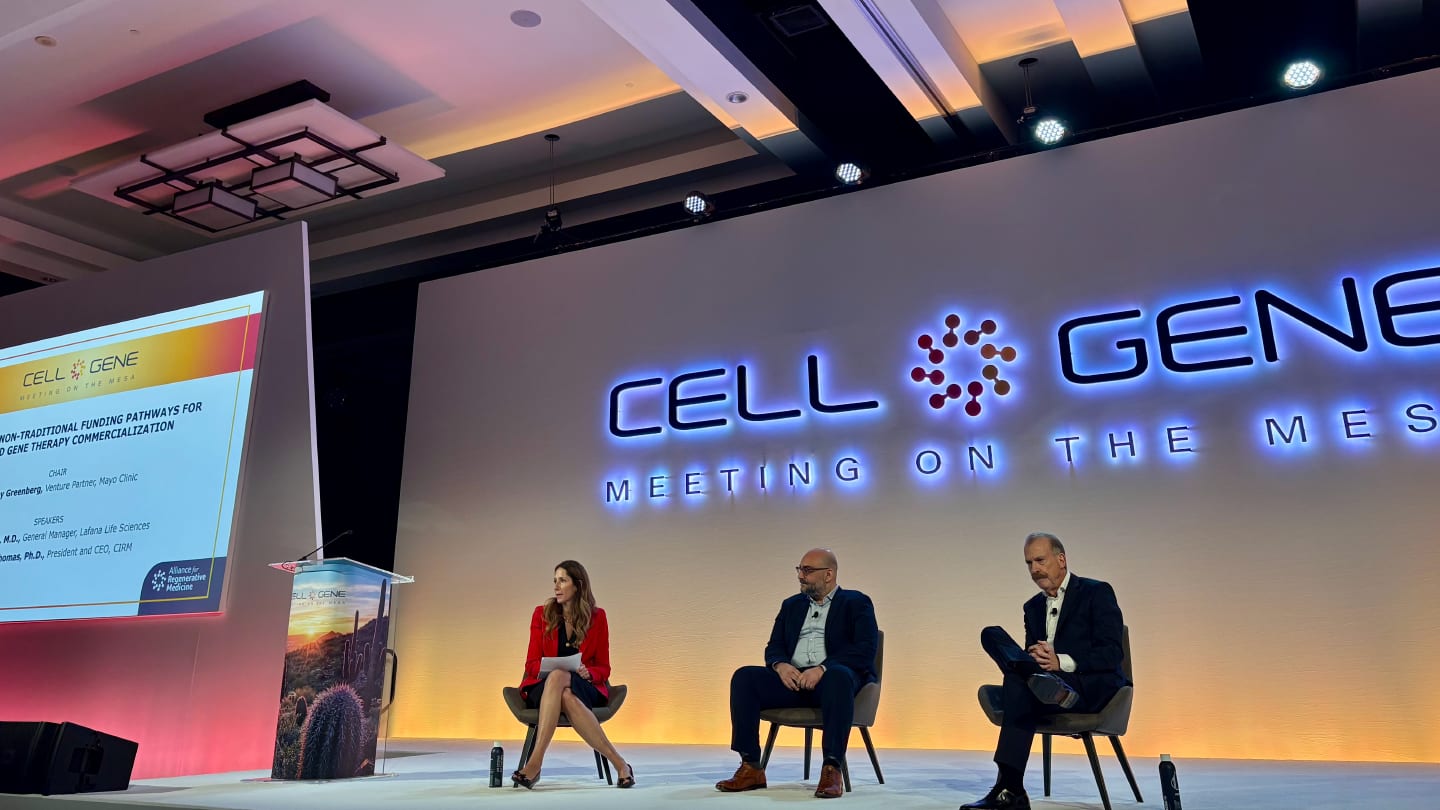
ARM also hosted a strategy and initiatives update. What is new in their agenda?
The update reinforced ARM’s leadership on policy and advocacy. They are leaning into cross-agency collaboration with the FDA, the EMA, and the Centers for Medicare & Medicaid Services to align guidance on reimbursement and regulatory flexibility. ARM is also building bridges globally, from the US to Asia-Pacific, around shared quality and comparability frameworks. It is the kind of coordination that enables both investment and access.
Manufacturing and regulatory science featured heavily across sessions. Why is these topics so important?
Because it defines investability. Investors now care as much about how a therapy is made as about what it does. There were strong sessions on digital twins, modular GMPs, and automation, all focused on efficiency, scalability, and resilience. Regulators are also becoming more flexible and adaptive in their endpoints. Manufacturing and regulatory readiness have become the new currency of credibility.
What's new with regard to global access and affordability?
There is a real shift toward access-first thinking. Companies are designing pricing and payer strategies earlier, with cross-border scalability in mind. Models like subscription pricing, risk-sharing agreements, and global manufacturing partnerships are moving from concept to practice. Equity is no longer just a moral imperative; it is a growth strategy.
You chaired a panel on nontraditional funding sources. What stood out from that discussion?
We had a great, candid dialogue with leaders from the California Institute for Regenerative Medicine, Lafana Life Sciences, and the private capital community. The theme was creativity: how to unlock capital in new ways without over-diluting equity. We discussed philanthropic-to-equity hybrids, royalty financing, revenue-based structures, and strategic co-builds with CDMOs. ARPA-H came up frequently as an emerging funding force. It is reshaping how early-stage innovation gets de-risked.
The takeaway was clear: public and philanthropic capital are no longer passive. They are catalytic, helping ventures cross the translation gap when traditional markets hesitate.
What are your biggest takeaways from this year's event?
Execution is the new advantage with investors backing teams that can deliver quality, comparability, and payer readiness. Capital stacks are diversifying. Mixing venture, strategic, and non-dilutive sources is now the norm. Policy alignment is now a growth enabler, and ARM’s work on harmonized frameworks will unlock global scale. Optimism is back among advanced therapy developers and sponsors, but it is fragile and has to be earned. The industry’s tone has shifted from hype to discipline, and that is a healthy evolution.
If you had to summarize the meeting in one sentence, what would it be?
The science is strong, the capital is smarter, and the spirit of collaboration reminded everyone why this field matters. Mesa 2025 proved that cell and gene therapy is not just surviving the cycle; it is maturing into a sustainable, global industry.
